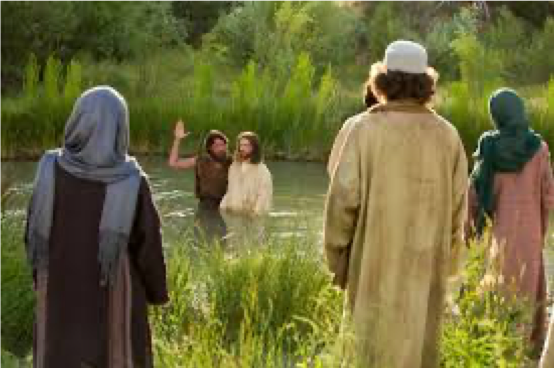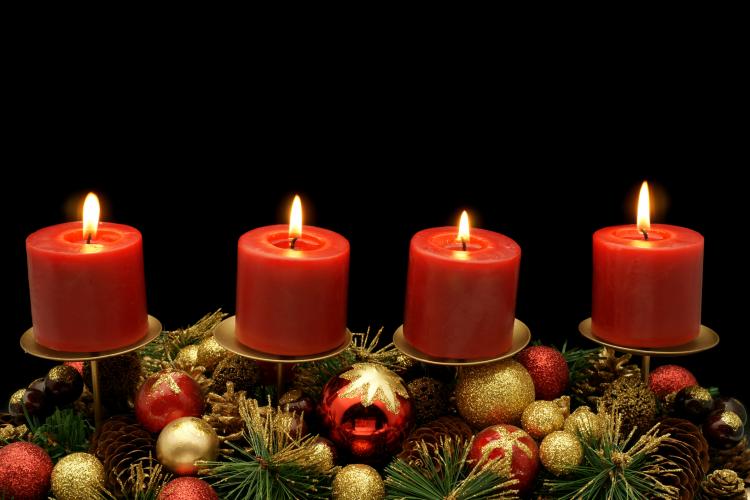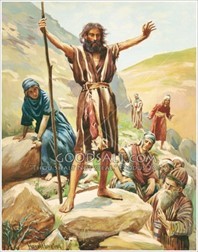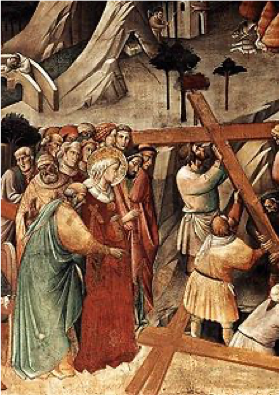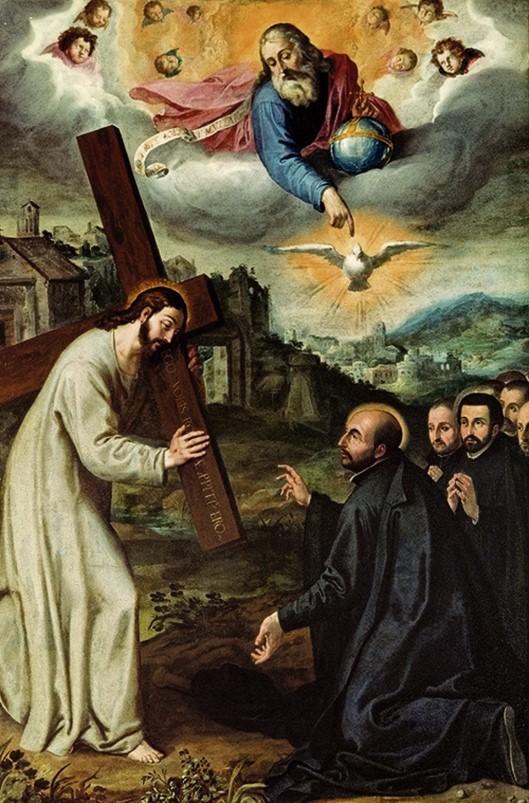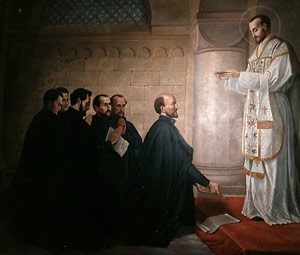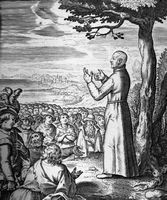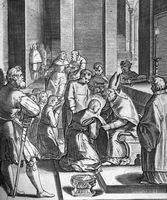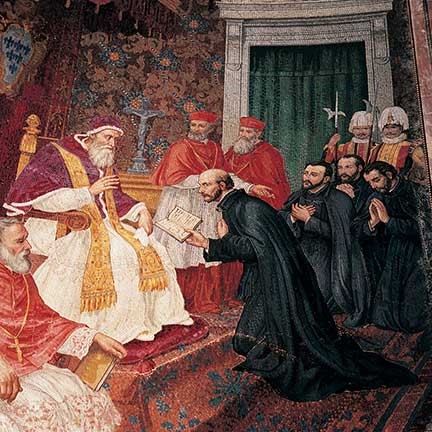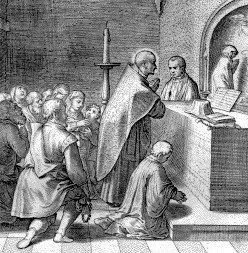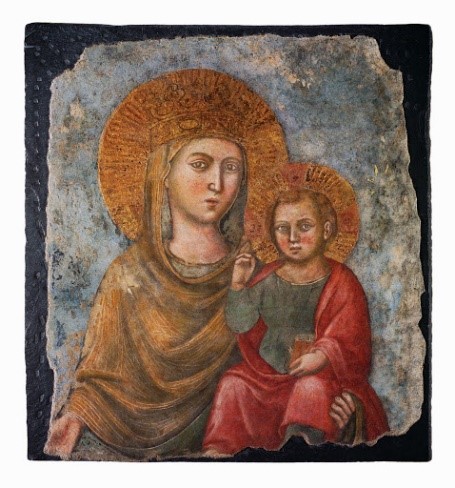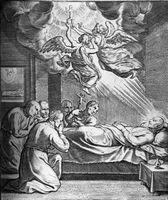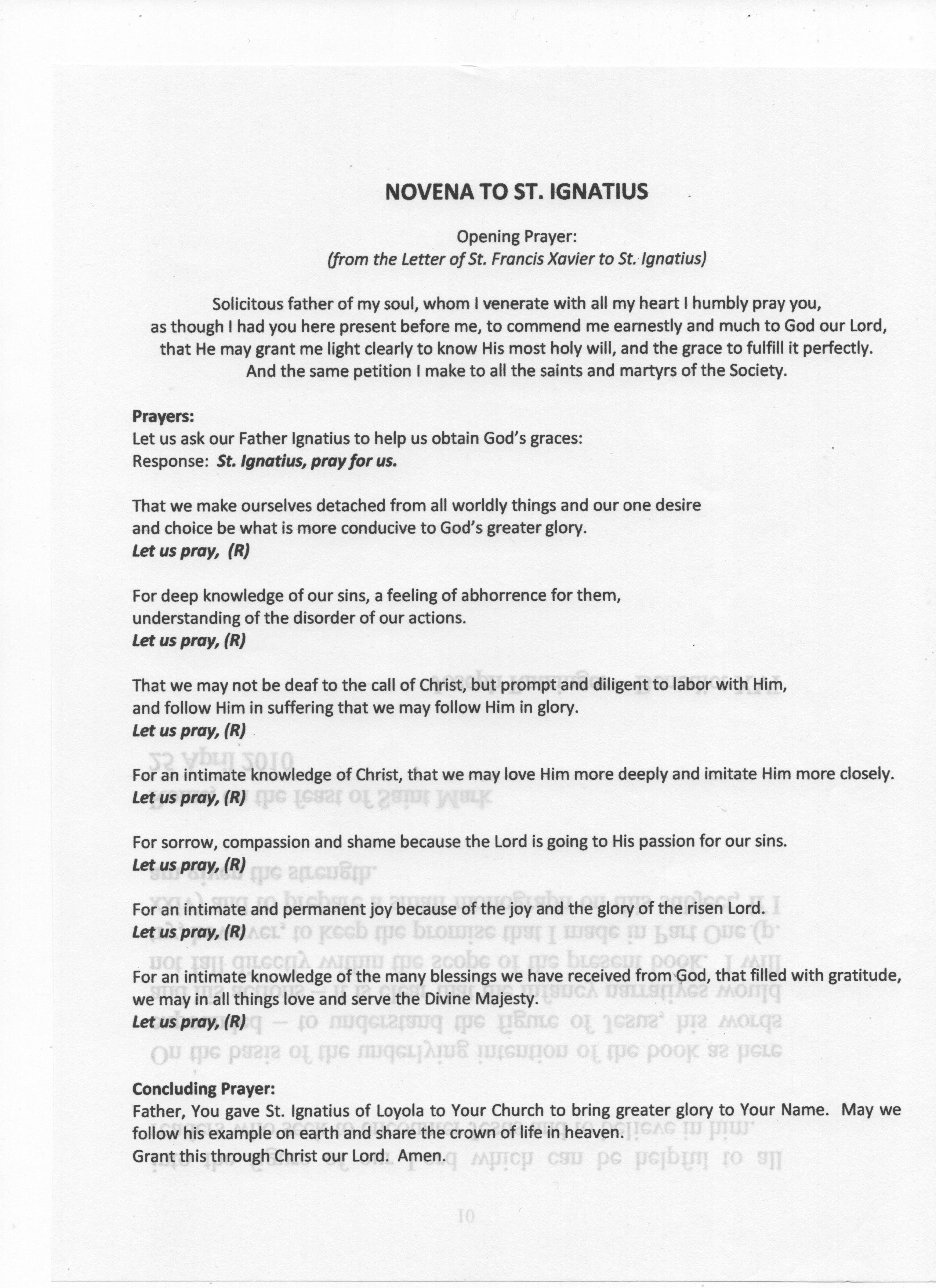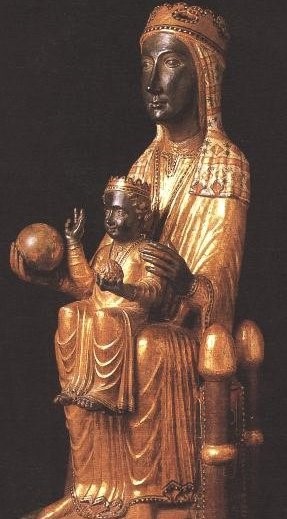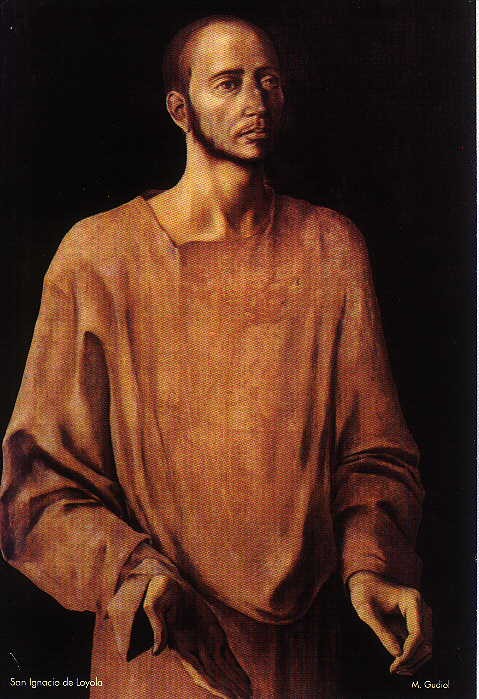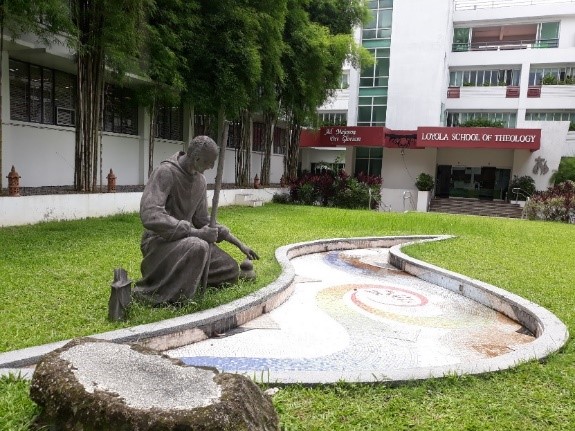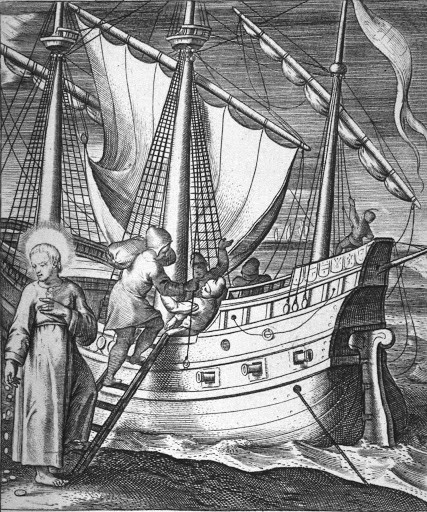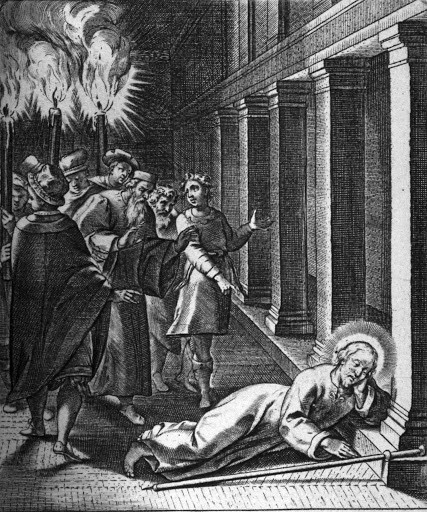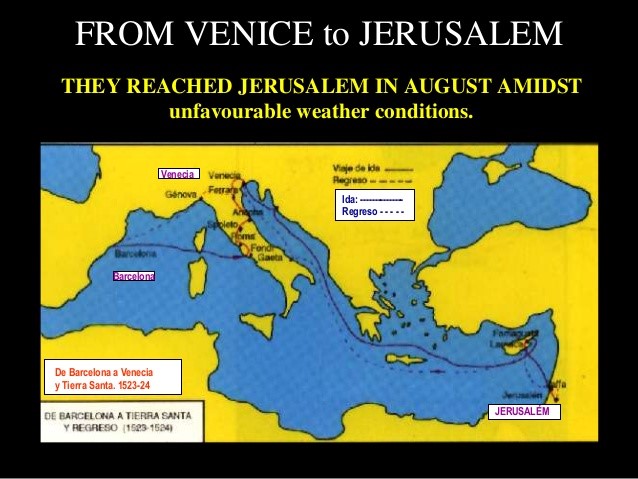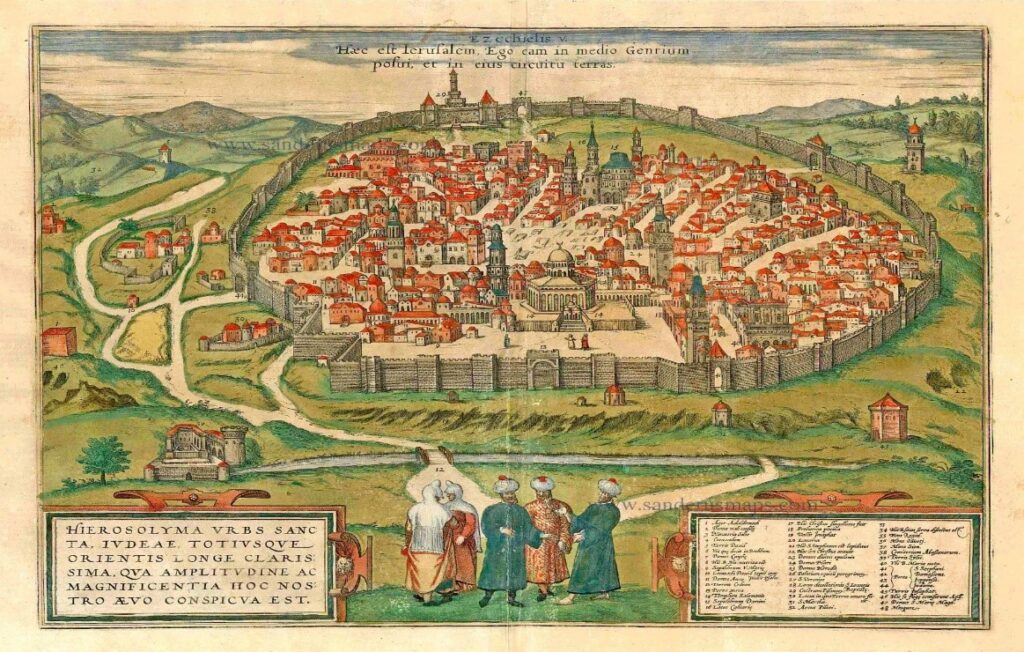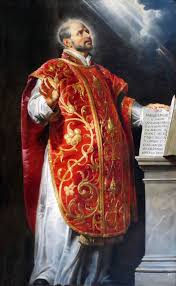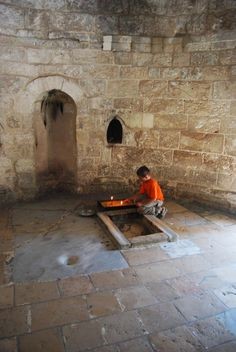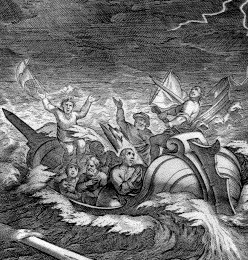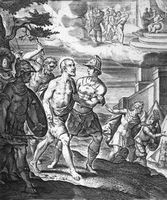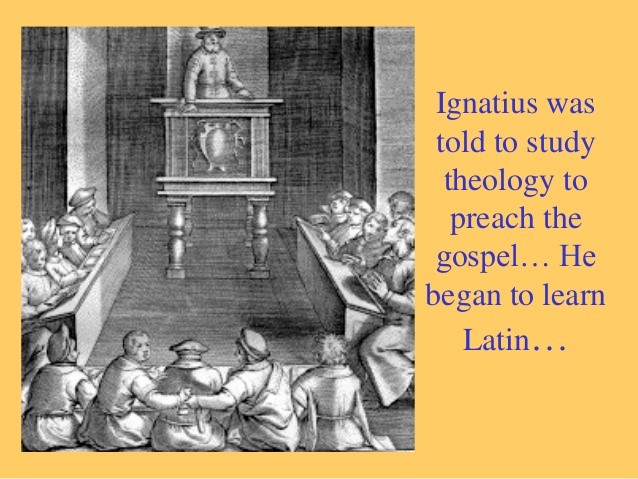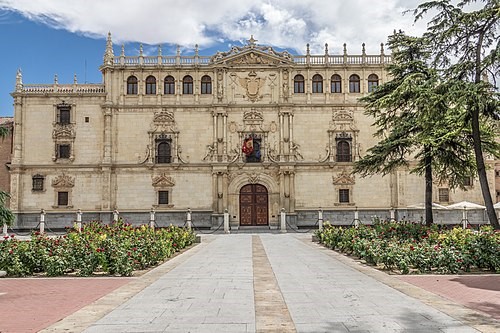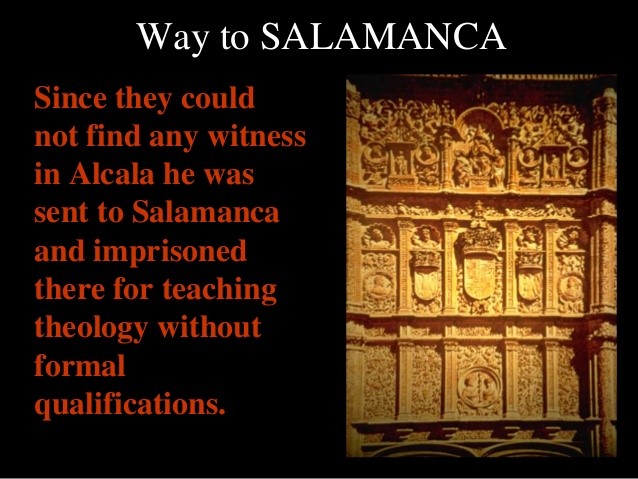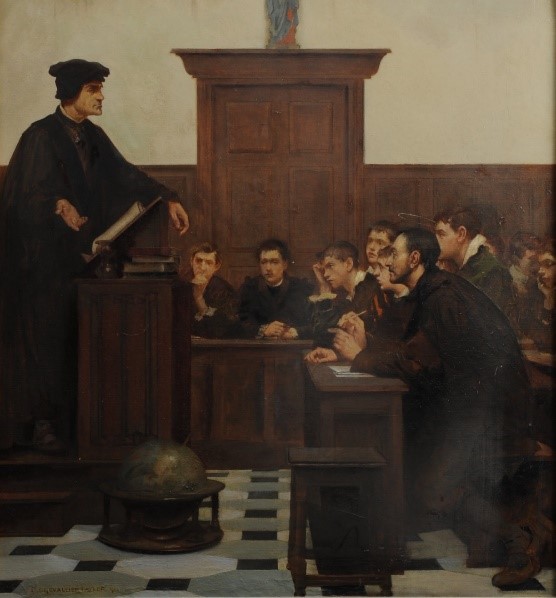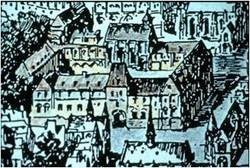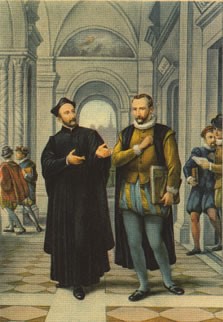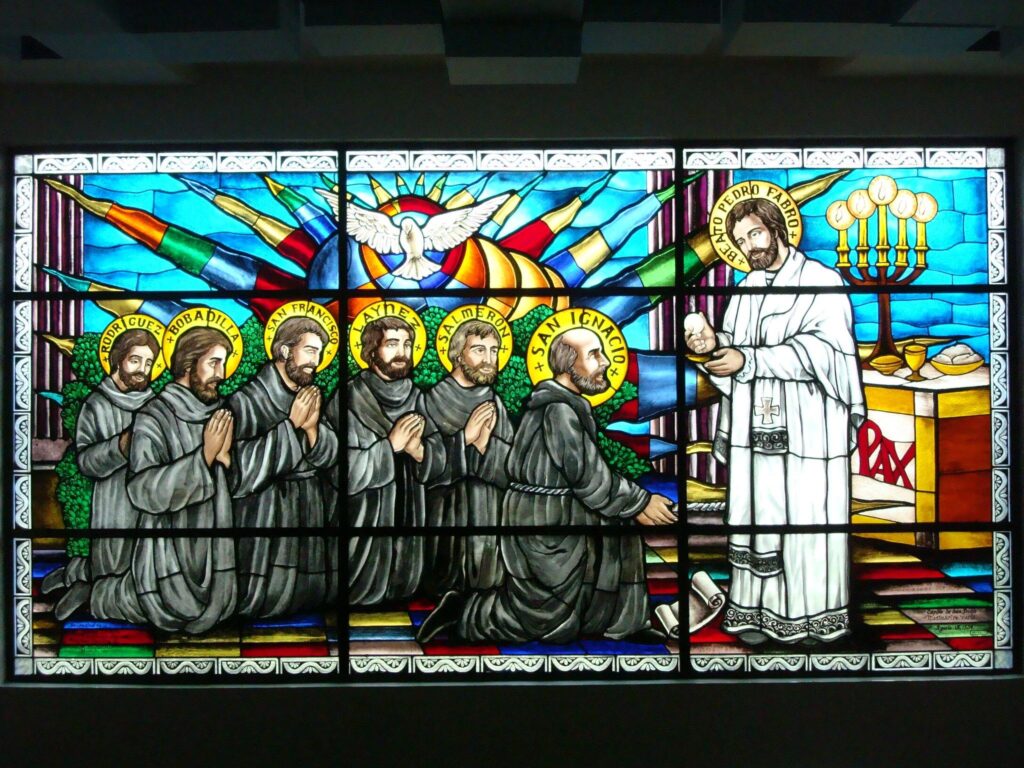Reflections on Why We Jesuits Need to Study for So Long
by Fr. Arnel C. Aquino, SJ
(Repost from Windhover, July 2010. Editor’s note: This article was written through the request made by the editor to Fr. Arnel, [missioned to study in the US at the time] to explain to those who are contemplating to enter the Society of Jesus why we take so much pain sending our men abroad for further studies.)
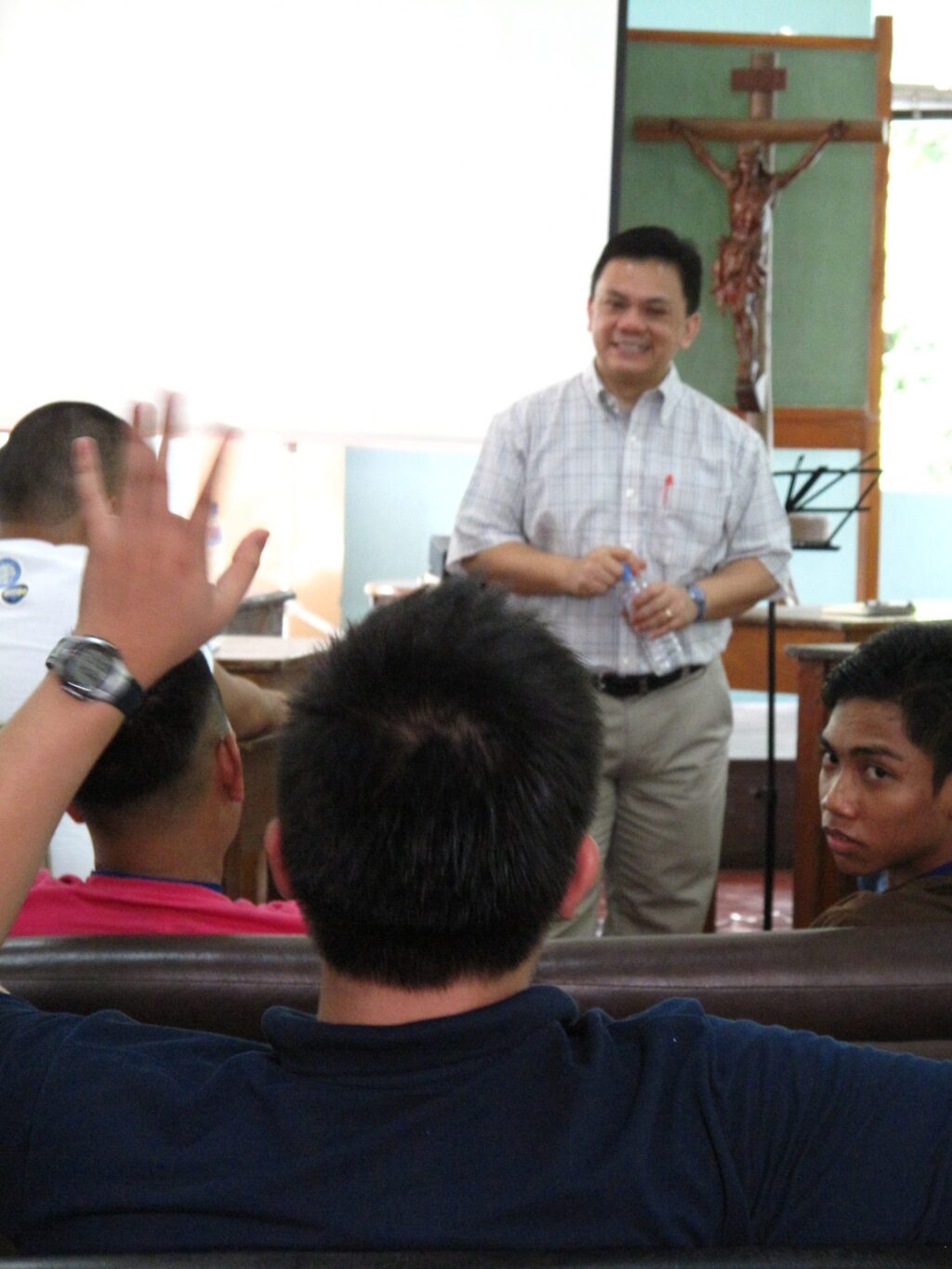
Dear Weng:
Pax Chisti! You asked that I try and write an article to answer the question, “why do Jesuits have to study for years and years?” Thank you for your request. But you should have to forgive me for writing this on the fly. Let me nevertheless assure you that the following thoughts were not set down without the requisite reflection you wished for me to do. I had been reading the documents of the latest general congregation through our triduum retreat in preparation for vow renovation. For some reason, your question came to mind. I decided to the make the question my own. My answer might not be as straightforward as you might wish. I leave it to you to do the math.
Fortress or Bridge
When you go for long years of studies, especially when sent to pursue a doctorate in a chosen field, you must eventually be confronted with the question whether you would like to be a fortress or a bridge; two figures of awesome strength, of particular beauty, and most of all, of specific use.
To build either a fortress of a bridge takes time. You begin not from actually building the thing, but by being a seated apprentice to the disciplines. This is what you and I do when we eventually move from the novitiate into the scholasticate that marks the onset of years-long apprenticeship to the masters of grammar and literature, of philosophy and theology, with languages, education, some psychology and theology on the side, etc. Like a bridge or fortress builder is ushered into the many different, overwhelming, and even boring world of forms, functions, strength of materials, you and I are introduced into quite a different, overwhelming, if but occasionally dreary sphere of the humanities and some of the sciences –not so much in order to regurgitate information, though it feels that way sometimes—but to really see a much broader picture, this time with deliberate, reflective, and academic acuity. We are to realize that the world we are missioned to serve has a provenance in thought and meaning begun centuries before our own birth, not our own, but to which we can eventually contribute and make our own. But before anything else, we sit and listen. For the people we are asked to minister to are both a dynamic product and an agent of meaning born by history, culture, human behavior, and spirituality. Our formators in the Society are not about to throw us into that world, blind and wayward with our two-cent worth horse sense. Our action in and for this world is to be intimately wedded, till death do they part, to contemplation – which means prayer, yes, but also a proficiency in synthesizing things learned. This can come only from a years-long practice at the foot of the masters, where we sit and we listen.
Bridges and fortresses are things of beauty, especially as they wear on in years. The more carefully they are built, the more clearly they reflect the accuracy, the discipline, the vigilance and dedication of their builders. They say that Jesuit studies never really end, as we keep learning and updating on our field long after we’ve earned our degrees—at least, we’re expected to, if we do not wish to be encrusted in obsolescence. But it is only after long years of studies that we eventually see the beauty of it all when everything comes together, especially when we’re teaching things we’ve learned not only from the masters but from living people who tell us their stories. After years of diligent studies, our creative imaginations naturally earn freer rein. You know you’ve made everything you learned very much your own only when you’ve well prayed and well lived out your books.
You can ignore all these foregoing thoughts should you find nothing really novel in them. But on this last one, I go personal, and from it I hope you are able to gather something worthwhile.
As a Jesuit on studies for very long, I have had to decide somewhere along the way to eventually either be fortress or bridge. Granted that both are things of beauty, fruits of skilled labor, pillars of strength. But have you noticed how there are less and less of fortresses than there are of bridges that continue being spanned across distances? For good reason. I see fortresses as bastions of defensive self –preservation, walled up against some old toothless enemy, defensive in stance and demeanor in the hope of concealing fear out of which they are built, and sweatered with the ivy of pomp and power begging for awe and subservience lest the fear and the faults show.
Bridges, on the other hand, I see as rather vulnerable to the wear and tear of crisscrossing feet. But they are so only because they are channels to and from familiar grounds and new frontiers. There is something wide open about bridges, something unconcealed, welcoming and light-hearted that fortresses are heard put at projecting. There is an openness about bridges to new experiences made accessible from the other side upon which their other knee rests. There is something less dogmatic and unyielding about them, more conciliatory and relational. While a fortress stands high to look down upon the rest of the word, a bridge kneels so that the apparently sundered might be finally connected to make one world.
I can go on rhapsodizing and even design a whole if not tawdry retreat of fortresses and bridges but you know what I mean. We Jesuits wager long hours of study so that we may minister full-minded and full-hearted to God’s people, the Church of all humanity – which, if I may say so, should really be more and more bridge than fortress. But in order to contribute to making her so, we, as Jesuits on long years of study, must make the critical choice, the critical, intelligent choice, to be either one.
Greetings from wintry Massachusetts.
Arnel
